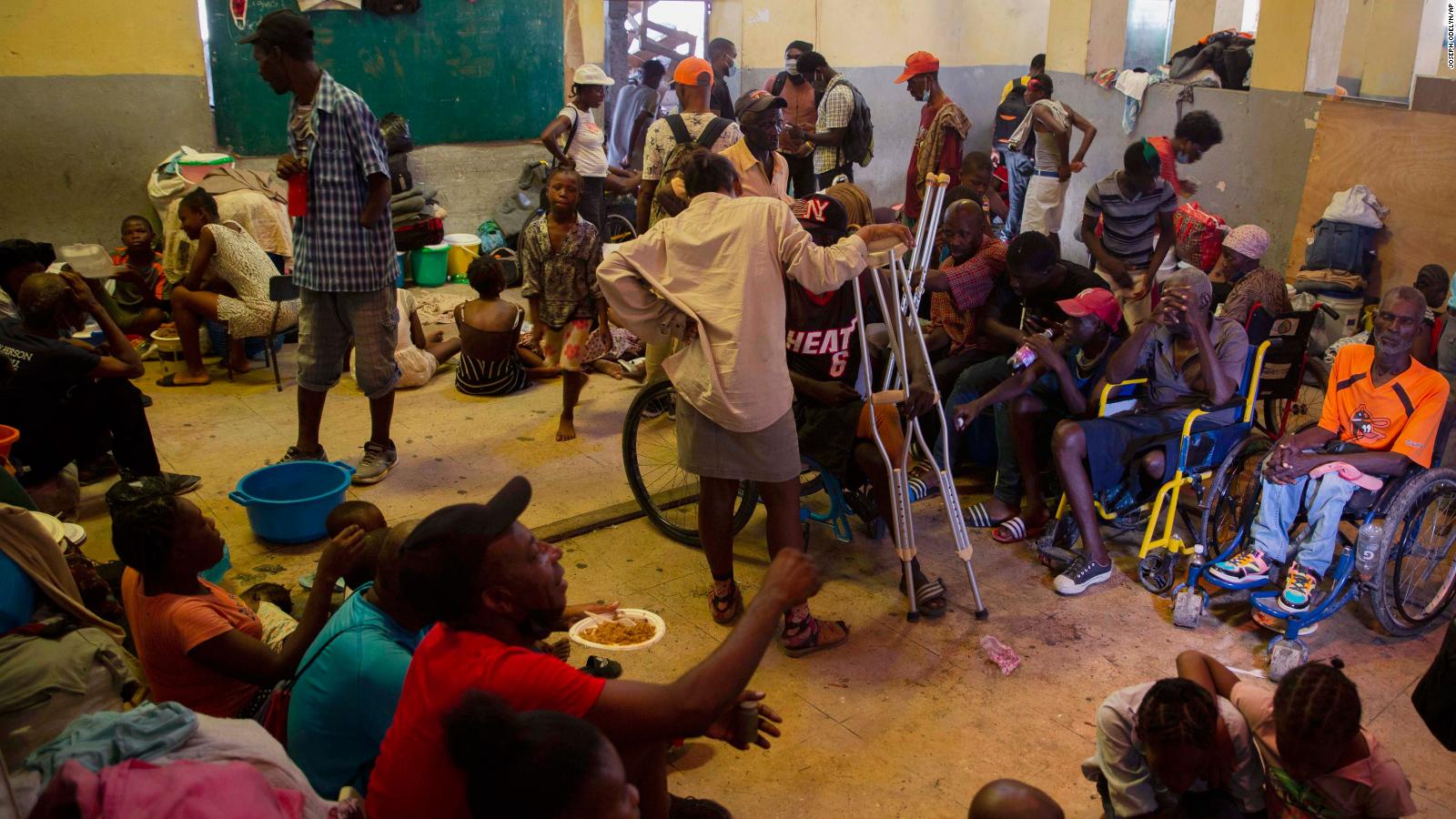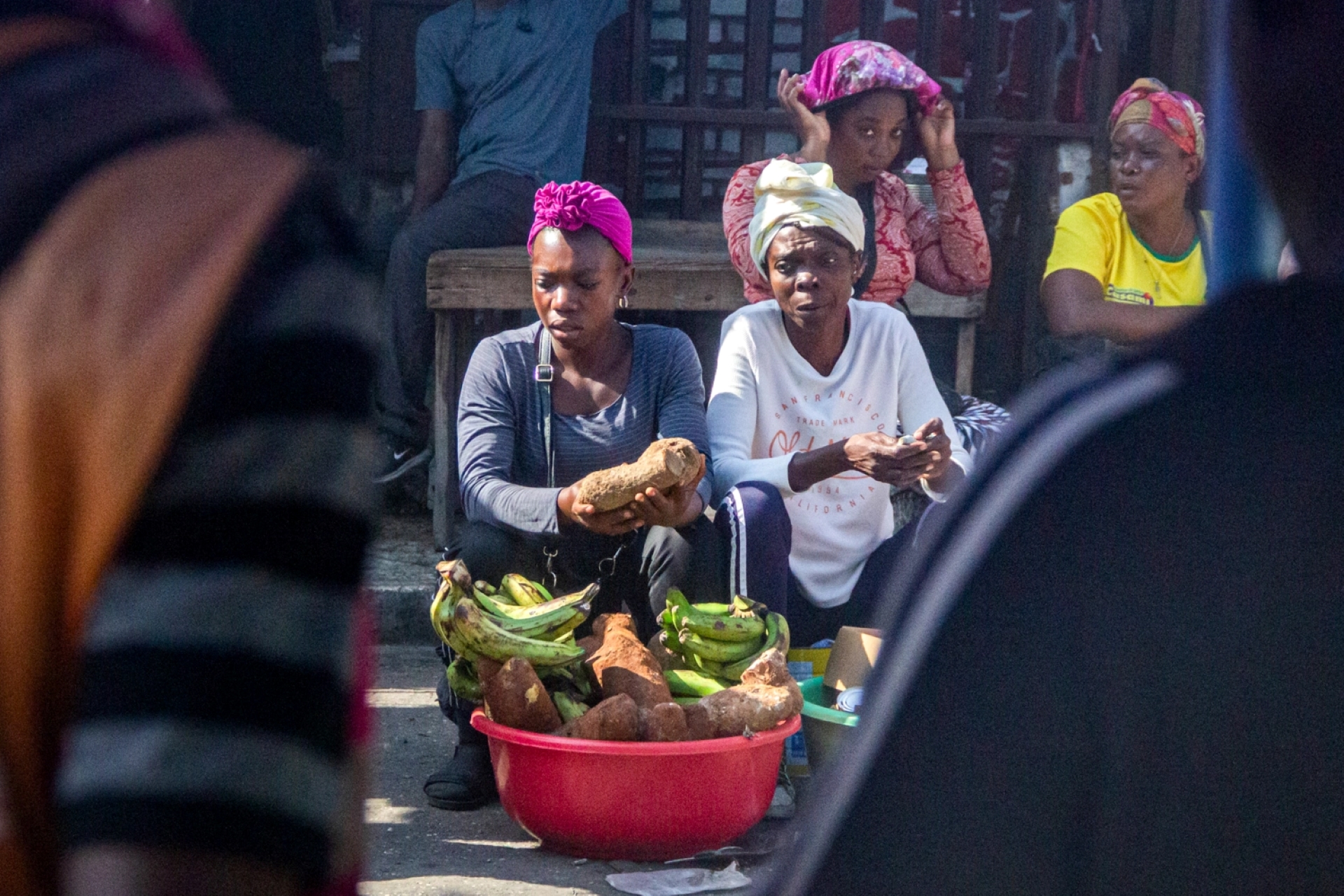PORT-AU-PRINCE, Haiti – A gang-fueled social and political crisis in Haiti has swollen the ranks of those suffering severe hunger in recent months, with an estimated 5.4 million Haitians having run out of food and gone a day or more without eating.
According to data released on Monday by the global hunger watchdog Integrated Food Security Phase Classification (IPC), at least 6,000 people in Haiti are now facing catastrophic hunger levels. Catastrophic or famine-level hunger is defined as having almost no food despite using all coping strategies, leading to starvation, destitution, and potentially death.
This figure has risen from just under 5 million in late March and is projected to exceed 5.5 million by June next year—about half of Haiti’s population of over 11 million, according to IPC.
In a report, the IPC blamed escalating violence in and around the capital of Port-au-Prince for causing “serious difficulties in supplying basic foodstuffs to the regions, limiting households’ physical and financial access to food.” The IPC also cited a high inflation rate as an aggravating factor, at a time when spending on food accounts for up to 70% of household budgets.
 Families displaced by gang violence do laundry inside a school where they have been taking refuge for over a year in Port-au-Prince, Haiti, Friday, Sept. 20, 2024.
Families displaced by gang violence do laundry inside a school where they have been taking refuge for over a year in Port-au-Prince, Haiti, Friday, Sept. 20, 2024.
The hunger stalking Haitians has worsened dramatically since 2014, with close to half the population suffering severe food insecurity. U.S. aid group Mercy Corps estimated this was just 2% a decade ago.
Currently, an estimated 18% of Haiti’s population is facing emergency-level or Phase 4 hunger. Many of the worst affected are living in makeshift camps, which house over 700,000 people displaced by the ongoing conflict. Many fled without belongings and now have no means of earning money to feed their families,
“The gangs forced us out. I lost my parents—both my mother and father. The gangs burned them alive in the house, and now we can’t go back,” Rose Petit-Homme, a resident of a camp in Port-au-Prince, told Reuters.
 A group of blind and disabled people eat at a refuge for displaced persons after armed gangs set their homes on fire in Port-au-Prince on June 24. Joseph Odelyn/AP
A group of blind and disabled people eat at a refuge for displaced persons after armed gangs set their homes on fire in Port-au-Prince on June 24. Joseph Odelyn/AP
On Sunday, the operator of the capital’s main port extended a closure it announced last week through Friday, a measure which is expected to worsen shortages and raise prices further.
Also on Monday, the United Nations Security Council renewed its mandate for a Kenyan-led international security force to help Haitian police fight gangs. A year into the mission, few troops have been deployed and funding remains scarce.
Haiti’s interim government has requested that the force be converted into a formal U.N. peacekeeping mission, but the proposal was blocked by China and Russia, both of which hold veto power.







